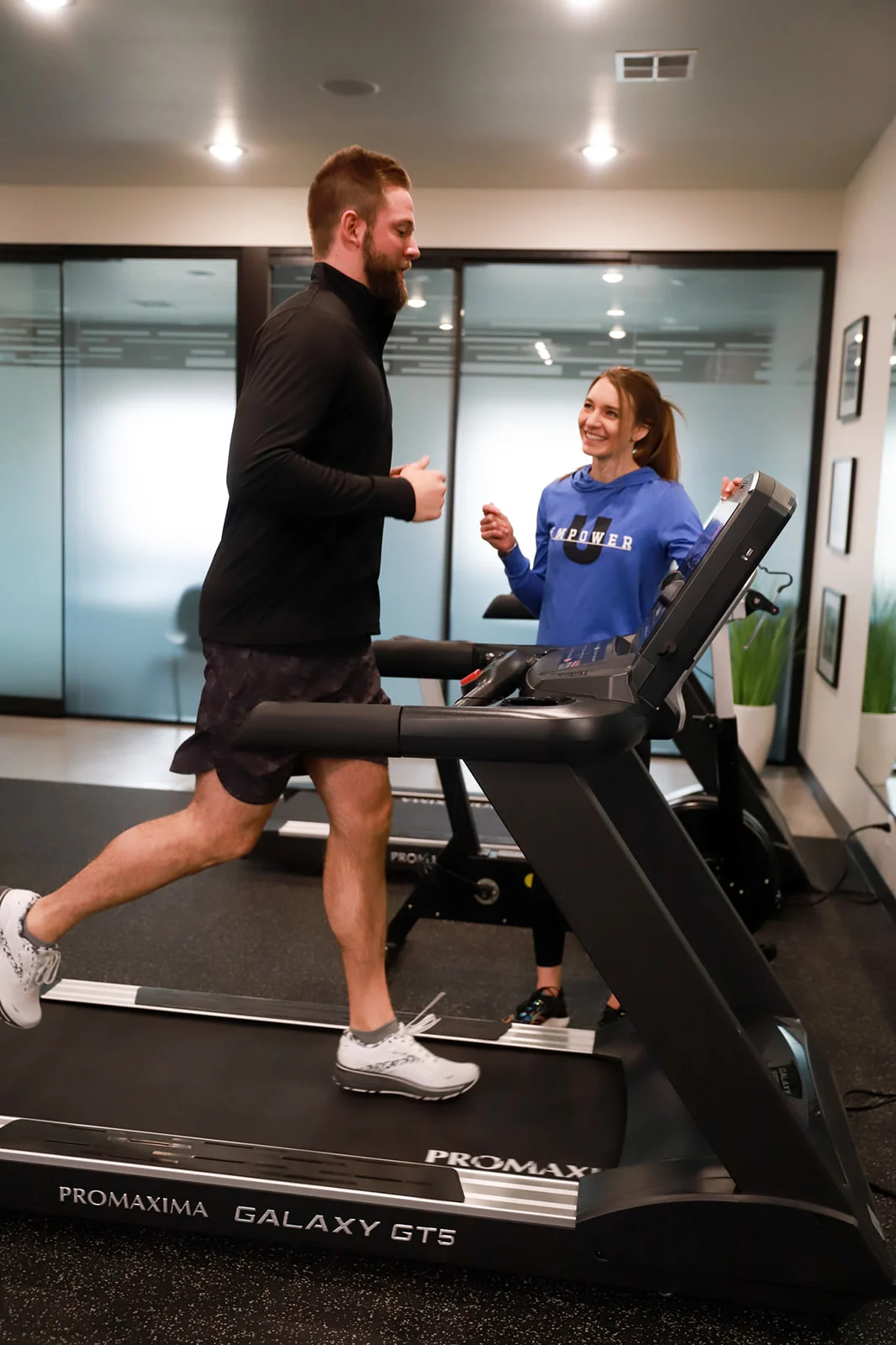Protect Your Spine and Lift With Confidence
The deadlift is one of the most effective strength exercises you can do—if you do it right. It builds total-body power, reinforces proper posture, and strengthens the muscles that support your spine. But when done wrong? It’s one of the most common reasons people walk into The Empower U complaining of low back pain.
We hear it all the time:
“I was just trying to get stronger, and now I can barely move.”
“I followed a YouTube video, and my back’s been aching ever since.”
“I’m scared to deadlift again, I don’t want to make it worse.”
Deadlifting doesn’t have to hurt your back. In fact, when done properly, it can help prevent injuries, improve core stability, and build resilience for everything from sports to daily life.
In this guide, we’ll walk you through everything you need to know to deadlift safely—whether you’re a beginner or a seasoned lifter coming back from injury.
Understanding the Spine During a Deadlift
To deadlift safely, you first need to understand how the spine and surrounding muscles function during the lift.
Your spine is made up of vertebrae cushioned by discs and supported by muscles, ligaments, and tendons. The lumbar spine (lower back) plays a critical role in deadlifting. It must remain stable and aligned to transmit force effectively from the legs through the core and into the barbell.
The primary muscles involved include:
-
Glutes and hamstrings, which drive the lift
-
Spinal erectors, which resist forward bending
-
Abdominals and deep core, which create intra-abdominal pressure
-
Lats and upper back, which help stabilize the bar and spine
If these muscles aren’t properly activated—or if the spine moves under load—you risk excessive strain on the discs or small joints in your back.
At The Empower U, we evaluate these movement patterns to help you lift pain-free and get stronger safely.
Why Most People Hurt Their Backs While Deadlifting
Let’s break down the most common reasons people injure themselves during a deadlift. Knowing what to avoid is half the battle.
1. Poor Form and Spinal Rounding
This is by far the biggest issue. If your spine curves into a “C” shape when you pull from the floor, you put stress on your lumbar discs and ligaments.
2. Weak Core and Glutes
If your deep core or glutes aren’t firing properly, your back picks up the slack. Over time, this leads to fatigue, tightness, or even disc irritation.
3. Lifting Too Heavy, Too Soon
We get it—you want to push your limits. But loading up the bar without mastering the basics is a fast track to injury.
4. Bad Setup and Bar Path
Starting too far from the bar or letting it drift forward during the lift pulls you out of alignment and forces your back to work harder than it should.
5. Ignoring Mobility Restrictions
Tight hips, limited ankle dorsiflexion, or poor thoracic mobility all affect your setup. When mobility is lacking, form often breaks down—even with light weight.
Diagnosing Back Pain After Deadlifts
If you’re already feeling back pain after deadlifting, it’s important to figure out whether it’s just soreness or something more serious.
What’s Normal:
-
Mild muscle soreness in glutes, hamstrings, or spinal erectors
-
Tightness that eases with movement
-
Fatigue in the low back muscles (not sharp pain)
What’s Not Normal:
-
Sharp or shooting pain in the low back
-
Pain radiating down the leg
-
Tingling or numbness
-
Pain that worsens with bending or lifting
-
Pain that lingers more than a few days
These could be signs of a disc herniation, facet joint irritation, or muscle strain—all conditions we treat regularly at The Empower U.
If any of these red flags sound familiar, it’s time to schedule an evaluation with a licensed physical therapist before it becomes chronic.
How to Deadlift Without Hurting Your Back
Let’s get into the steps you need to lift safely and confidently.
Step 1: Dial in Your Setup
Stand with your mid-foot under the bar. Your feet should be hip-width apart, with your toes slightly turned out. Hinge at your hips and grip the bar with your hands just outside your knees.
Keep your chest up, lats engaged, and spine neutral. Your hips should be higher than a squat but lower than a stiff-legged deadlift.
Step 2: Brace Your Core
Before lifting, take a deep breath into your belly—not your chest. Brace your core as if you’re about to take a punch. This increases intra-abdominal pressure and protects your spine.
Step 3: Pull With Purpose
Drive through your heels, engage your glutes, and keep the bar close to your body. Avoid jerking the bar or letting your back round as you lift.
As the bar passes your knees, thrust your hips forward while keeping your core braced. Lock out at the top without leaning back.
Step 4: Lower With Control
Don’t drop the bar. Hinge at your hips first, keeping the bar close, then bend your knees once the bar passes them. Maintain a flat back throughout.
Step 5: Progress Gradually
Don’t increase weight until your form is perfect with lighter loads. Track your sets, reps, and rest periods to stay consistent and avoid overload.
Training Tips From The Empower U Team
You don’t need to be a powerlifter to deadlift safely. These training principles apply whether you’re lifting 45 pounds or 400.
-
Start with trap bar or kettlebell deadlifts if you’re new
-
Use mirrors or film your lifts to monitor form
-
Train posterior chain muscles (glutes, hamstrings) regularly
-
Add core stability work like planks, bird dogs, and pallof presses
-
Don’t skip warm-ups—include hip mobility and glute activation drills
-
Rest between sets to keep quality high, not just quantity
We regularly teach these techniques in our strength training and injury prevention programs, so patients leave stronger—not scared of lifting.
What to Do If Your Back Already Hurts
If you tweaked your back deadlifting, don’t panic. The right plan makes a big difference.
Early Phase (0–72 Hours):
-
Apply ice or heat as needed
-
Avoid lifting heavy or painful motions
-
Stay active with light walking or stretching
Recovery Phase:
-
Gradually reintroduce movement
-
See a physical therapist for a full assessment
-
Begin mobility and stability exercises
-
Avoid rushing back into full lifts without guidance
At The Empower U, we help clients recover from lifting-related injuries and return to strength training with confidence and proper mechanics.
Preventing Future Injuries
The best injury prevention plan starts before pain sets in. Here’s how to keep your spine strong and safe:
-
Strengthen your core with exercises that challenge stability under load
-
Improve hip mobility to allow proper hinging mechanics
-
Train consistently, not sporadically
-
Master bodyweight and lighter-load movements first
-
Get periodic form checks from a coach or therapist
-
Listen to your body—not every session needs to be PR day
Our team at The Empower U offers one-on-one movement assessments, performance training, and corrective exercise programs tailored to lifters of all levels.
Why Empower U Is the Go-To for Safe Lifting and Back Rehab
Back pain shouldn’t keep you from getting strong. Whether you’re a beginner learning how to deadlift properly or someone recovering from a lifting-related injury, we’re here to help.
At The Empower U, we:
-
Analyze your form and biomechanics
-
Address mobility restrictions and muscle imbalances
-
Design safe, progressive strength programs
-
Guide you through a complete return-to-lifting plan
-
Help you lift without fear and build resilience for life
Our approach blends evidence-based rehab, strength coaching, and whole-body performance—so you not only heal, you improve.
Ready to Deadlift With Confidence?
Don’t let back pain—or fear of injury—hold you back. Whether you’re new to deadlifting or want expert eyes on your form, The Empower U can help you move, lift, and live better.
Book your consultation with The Empower U today and get expert care, personalized guidance, and a plan that puts your game—and your health—first.


